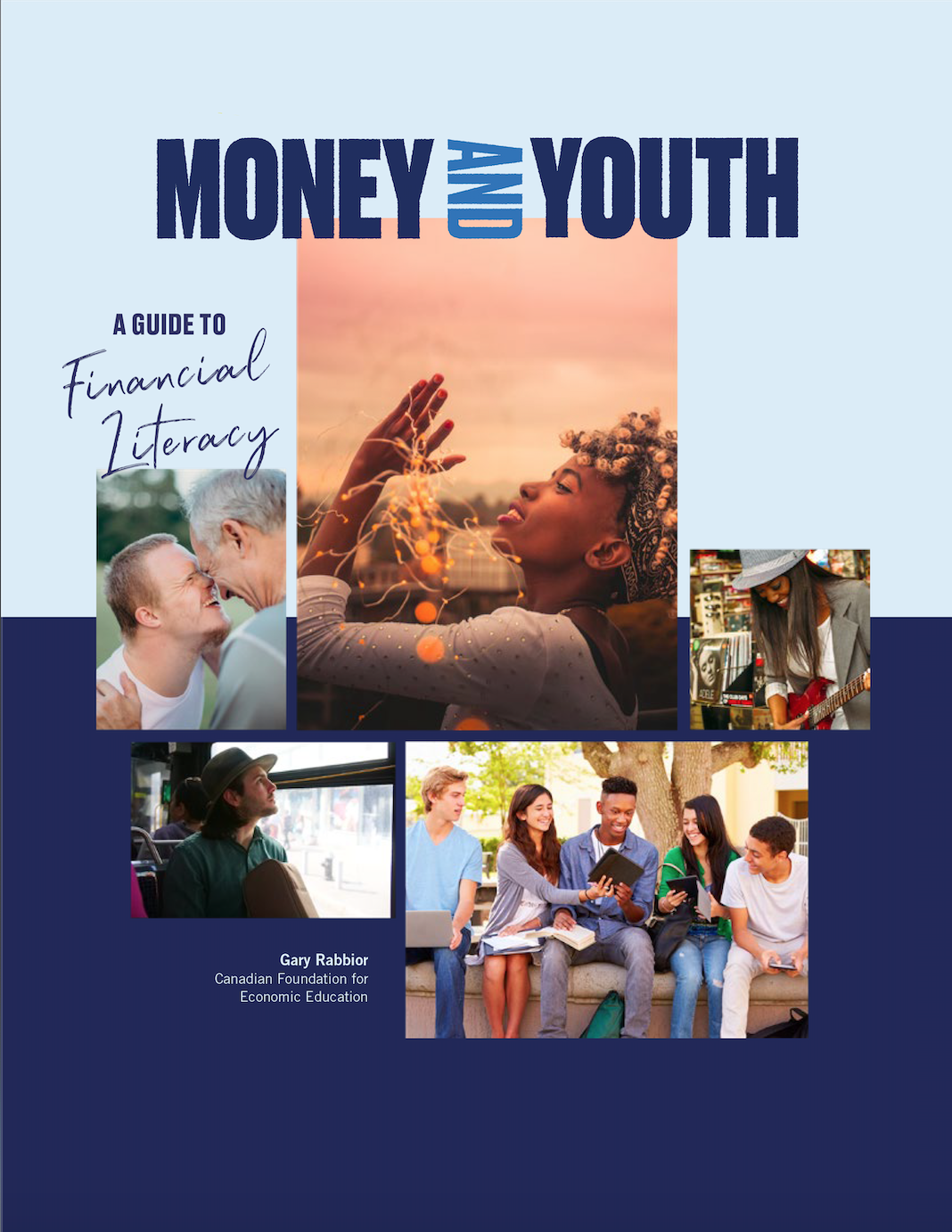The following can be used as a companion to Module 10 of Money and Youth – Spending on Major Purchases. Note that, as the book must be referenced in order to complete the lesson, this module may be reproduced by visiting the CFEE website at www.cfee.org and downloading the module.
Relevant Subjects and Topics:
Consumer Studies, Personal Finance, Saving and Planning, Decision-making, Budgeting, Family Studies
Background Information:
Making a major purchase is a daunting task at the best of times, but when you are young and engaging in this activity for the first time it can seem overwhelming. There are simply too many factors to consider and options to explore, and without experience or assistance it is fraught with potential mistakes or miscalculations. To lease, rent or buy? Which option best suits my needs? These are just a few of the potential questions facing the novice buyer. Giving these issues some thought before actually engaging in the activity goes a long way in setting the people on the right track in terms of which option is best for them and helps them to consider all aspects of the decision. In this lesson the students will consider the issues related to major purchases such rent vs. own, lease vs. purchase, and the issues associated with any long-term agreements, such as smart phone plans.
Outcomes:
At the end of this lesson, students will be able to:
- Identify issues associated with such things as renting vs. owning and the intricacies of long-term contractual situations
- Identify factors that need to be considered in identifying actual costs of contractual arrangements
Time for Implementation:
2 class periods of approximately 60 minutes.
Teaching and Learning Strategies:
Period One:
- Begin the lesson by asking the students to consider what is likely to be their first major purchase.
- Record their answers and then ask them if they think they are prepared enough to make those decisions.
- Looking at specific items on their list, ask them what should be considered when making that choice.
- Record their ideas.
- With this as background, indicate to them that the lesson will focus on the following four areas of major expense and the challenges and issues associated with each:
- Paying for post secondary education
- Leasing or buying a car
- Renting or buying living accommodations
- Engaging in a long-term contract situation such as the purchase of a cell phone and the associated plan.
- Introduce a jigsaw activity.
- Divide the students into groups of five to six.
- These will be the home groups.
- Have the students number off from 1 to 4 with group 1 starting with 1, group 2 starting with 2, group 3 starting with 3 and group 4 starting with 4.
- Have the students reconvene into their appropriate number group.
- These are the expert groups. They are to research their topic and develop a comprehensive report that they will give to their home group colleagues upon return.
- Assign one of the following tasks to each group:
- Paying for Education or training – pages 125 to 131 of Money and Youth.
- Buying or Leasing a Car – page 132 to the top of page 135
- Renting or Purchasing Accommodation – middle of page 135 to page 139
- Cell Phones and Plans page 140 to 141.
- For each topic the group is to examine the issues, information needed, and challenges which are presented, and be prepared to teach those to their home group.
- Allow the remainder of the period for the expert groups to complete their task.
Period Two:
- Begin by having the groups start in their expert groups in order to review what they will present to their home groups.
- Once this has been done, have the students reconvene in their home groups and have the experts present their material to their home group. (This report should be handed in for evaluation.)
- Allow time for the discussions to take place and then reconvene the class as a whole and hold a plenary session during which the students can respond to and make comments on each of the topics studied.
Handouts/Resources:
- Copies of the module, if needed, are available by visiting the CFEE website at cfee.org and downloading the appropriate module.
Evaluation:
- Students can be assessed on the expert summary that they prepare.
Modifications or Suggestions for Different Learners:
- During the activity there are different roles that can be played – recorder or presenter for example – which will allow for the utilization of various skill sets. Those who need to, could have their reports photocopied rather than given orally.
Additional Related Links:
Additional Possible Activities:
- The students could comparison shop for a cell phone plan.
- The students could do a cost analysis comparing leasing vs. buying a car.




















